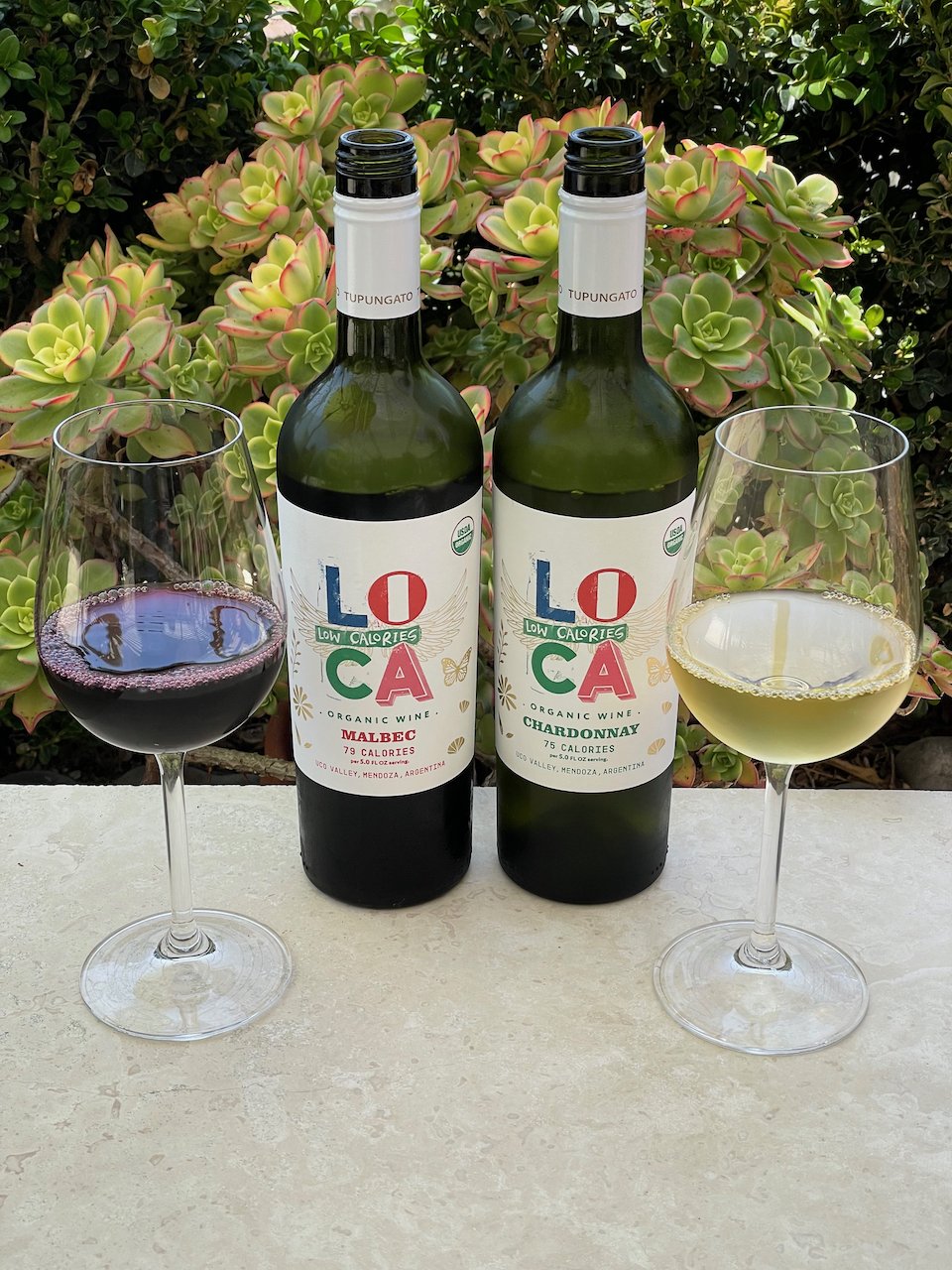The González Byass luxury brandy Lepanto is the only Brandy de Jerez produced entirely in Jerez, Spain and the only Gran Reserva Jerez brandy that fully reflects the essence of Jerez.
Distilled in González Byass pot stills in the center of the city, it is made from Palomino grapes grown in Jerez and aged following the traditional Solera system in American oak casks that have previously contained Sherry, which ensures that both quality and flavor remain constant over time.
González Byass has been producing brandy since 1844. Since then the company has continued to purchase new alambiques and pot stills to produce high quality Brandy de Jerez.
Lepanto is distilled in two Charentais pot stills originally from Cognac dating from the 1960s. Following the second distillation the distillate is fractioned into heads, tails and hearts with only the heart, known as holanda in Jerez, being used for Lepanto. [Note that the “Heads” are the spirits from the beginning of the run that contain a high percentage of low boiling point alcohols and other compounds such as aldehydes and ethyl acetate. The “Hearts” are the desirable middle alcohols from the run. Finally, the “Tails” are the distillate containing a high percentage of fusel oil (Fusel is from the German word that means "bad liquor") and little alcohol at the end of the run.]
The brandy is then aged for a minimum of 12 years in American oak casks previously used for aging Sherry. Lepanto Solera Gran Reserva is finished in sweet oloroso casks.
If you are looking for a real treat, give this González Byass Lepanto Solera Gran Reserva Brandy de Jerez a try. It’s super! And, it’s this week’s Behind the Cork™ Wine of the Week. Cheers!
Disclosure of Wine Sample Submission: I received this sample at no cost for review. The opinions expressed are entirely my own.
Media Sample Provided by González Byass






